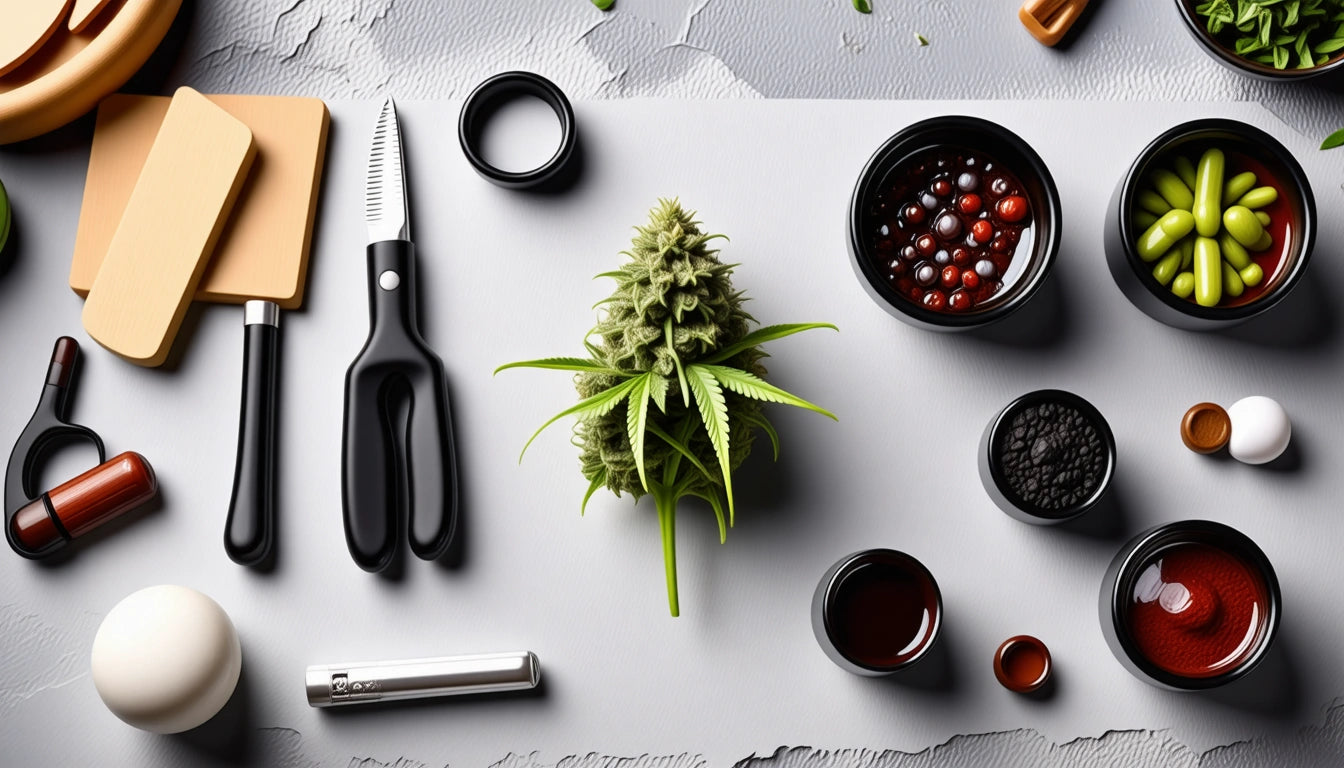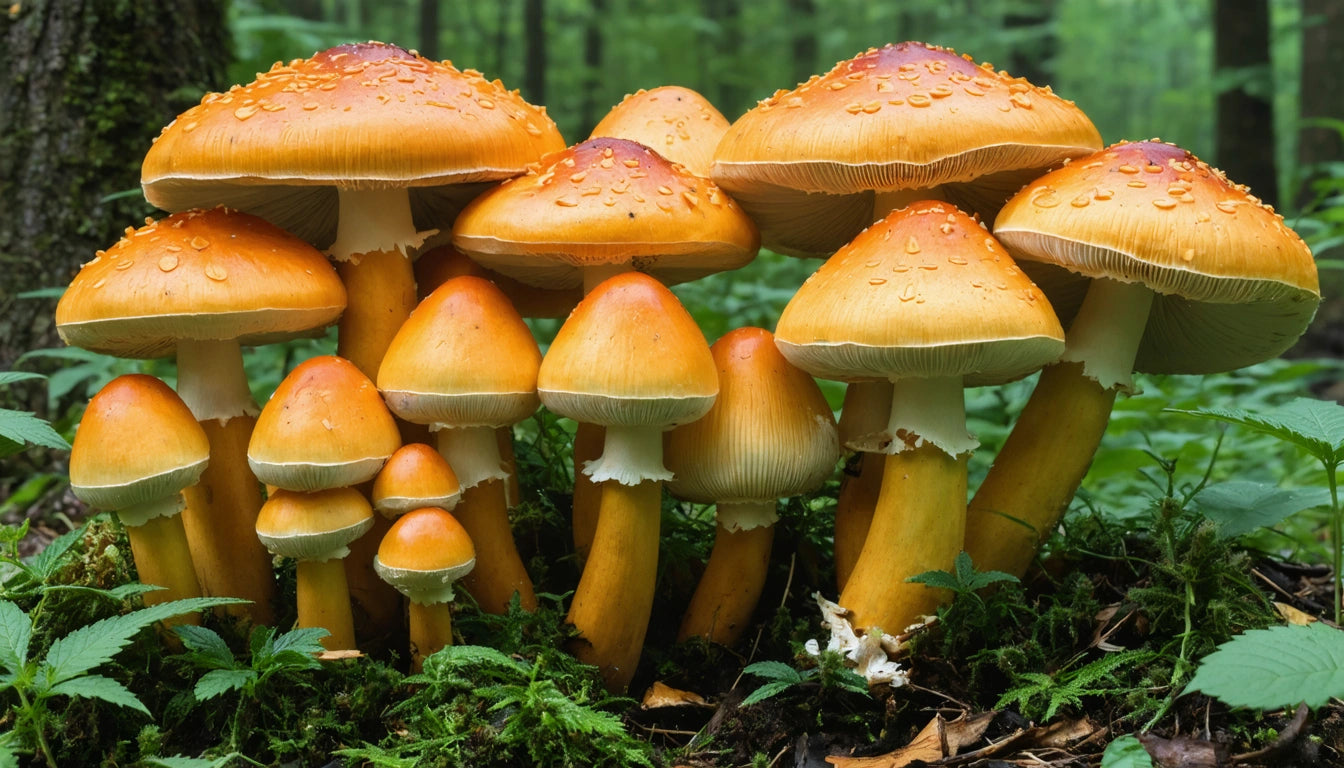Table of Contents
The Ultimate Guide to Decarboxylation: Methods, Tips, and FAQs
Decarboxylation is a crucial chemical process that transforms inactive compounds in cannabis into their active forms. Without this step, your cannabis products won't deliver the desired effects, regardless of how premium your starting material might be. This comprehensive guide covers everything you need to know about how to decarboxylate cannabis properly, from basic techniques to advanced methods.
What is Decarboxylation and Why It Matters
Decarboxylation is the chemical reaction that removes a carboxyl group from cannabinoids, releasing carbon dioxide in the process. Most importantly, this converts THCA (tetrahydrocannabinolic acid) into THC (tetrahydrocannabinol), the compound responsible for cannabis's psychoactive effects.
In its raw form, cannabis contains primarily THCA, which has no psychoactive properties. When cannabis is heated through smoking, vaping, or cooking, decarboxylation occurs naturally. However, for edibles, tinctures, and topicals, a controlled decarboxylation process is necessary to activate the cannabinoids before infusion.
Popular Decarboxylation Methods
There are several effective ways to decarboxylate cannabis, each with its own advantages. The optimal temperature and time depend on your specific goals and equipment.
Oven Method
The oven method is the most accessible way to decarboxylate cannabis at home:
- Preheat your oven to 240 °F (115 °C)
- Break up cannabis flower into small pieces
- Spread evenly on a parchment-lined baking sheet
- Bake for 30-40 minutes, stirring halfway through
- Allow to cool completely before using
While convenient, oven temperatures can fluctuate, potentially leading to uneven decarboxylation or terpene loss. Using an oven thermometer helps maintain precision.
Sous Vide Method
For those seeking precision, the sous vide method offers excellent temperature control:
- Grind cannabis to a medium consistency
- Vacuum seal in a heat-safe bag
- Set sous vide device to 203 °F (95 °C)
- Submerge sealed cannabis for 90 minutes
- Remove, cool, and use as desired
This method preserves terpenes better than oven decarboxylation due to the sealed environment and precise temperature control.
Specialized Decarboxylation Devices
Purpose-built decarboxylators offer the most consistent results. These devices maintain precise temperatures and often include odor-reduction features. For commercial operations or serious enthusiasts, specialized filling and processing equipment can streamline the decarboxylation process while ensuring consistent results batch after batch.
How to Decarboxylate Different Cannabis Materials
Different cannabis materials require slightly different approaches for optimal decarboxylation.
Decarboxylating Flower
When decarboxylating flower, coarse grinding helps expose more surface area without risking over-processing. As explained in this comprehensive guide, flower typically requires 30-40 minutes at 240 °F for complete decarboxylation.
Decarboxylating Trim
Learning how to decarboxylate trim properly can help you maximize otherwise underutilized material. Trim contains less moisture than flower, so it may decarboxylate more quickly:
- Spread trim evenly on a baking sheet
- Bake at 240 °F for 25-30 minutes
- Stir occasionally for even heating
- Allow to cool before processing further
Trim is excellent for making edibles and tinctures after proper decarboxylation.
Decarboxylating Hash and Concentrates
Figuring out how to decarboxylate hash and other concentrates requires extra care due to their potency and consistency:
- Place hash or concentrate in an oven-safe container
- Cover loosely with foil
- Bake at a slightly lower temperature (220-230 °F) for 20-25 minutes
- Watch carefully to prevent scorching
Concentrates decarboxylate faster than flower due to their higher cannabinoid concentration and lack of plant material.
Common Decarboxylation Questions
Many cannabis enthusiasts have questions about the decarboxylation process. Here are answers to some frequently asked concerns:
Does decarboxylation kill mold?
While decarboxylation temperatures can kill some microorganisms, they aren't high enough to reliably eliminate all mold spores or mycotoxins. Never attempt to salvage moldy cannabis through decarboxylation. Understanding decarbing properly means starting with clean, quality material.
What is the best method of decarboxylation?
The best decarboxylation method depends on your equipment, volume needs, and desired outcome. For precision and terpene preservation, specialized decarboxylators offer superior results. For occasional home use, the oven method with a good thermometer is sufficient.
Can you over-decarboxylate cannabis?
Yes. Excessive heat or time can degrade THC into CBN (cannabinol), resulting in more sedative and less psychoactive effects. It can also burn off valuable terpenes, affecting flavor and entourage effects.
How do you know when decarboxylation is complete?
Visual cues include a change from bright green to a deeper olive or brownish green. The cannabis will also become drier and more brittle. For scientific precision, specialized testing equipment can measure cannabinoid profiles.
Maximizing Your Decarboxylation Results
To get the most from your decarboxylation process, consider these advanced tips:
- Use a hygrometer to check your cannabis moisture content before decarbing
- Consider a two-step temperature process (low then high) to preserve terpenes
- Invest in a quality thermometer regardless of your chosen method
- Keep detailed notes on times, temperatures, and results to refine your process
- Store decarboxylated cannabis in airtight containers away from light and heat
The science of decarboxylation continues to evolve as cannabis research advances. By understanding the fundamentals and experimenting with different methods, you can find the perfect approach for your specific needs and equipment. Whether you're preparing material for edibles, tinctures, or other cannabis products, proper decarboxylation is the essential first step to unlocking the full potential of your cannabis.











Leave a comment
All comments are moderated before being published.
This site is protected by hCaptcha and the hCaptcha Privacy Policy and Terms of Service apply.